A Quick Primer—What Fiber Cement Siding Is
Fiber cement siding is a composite cladding made from Portland cement, sand, cellulose fibers, and water. It’s pressed into boards or panels that can convincingly mimic painted wood, shingles, or smooth contemporary panels. The result is a tough, dimensionally stable exterior that holds paint well and stands up to serious weather.
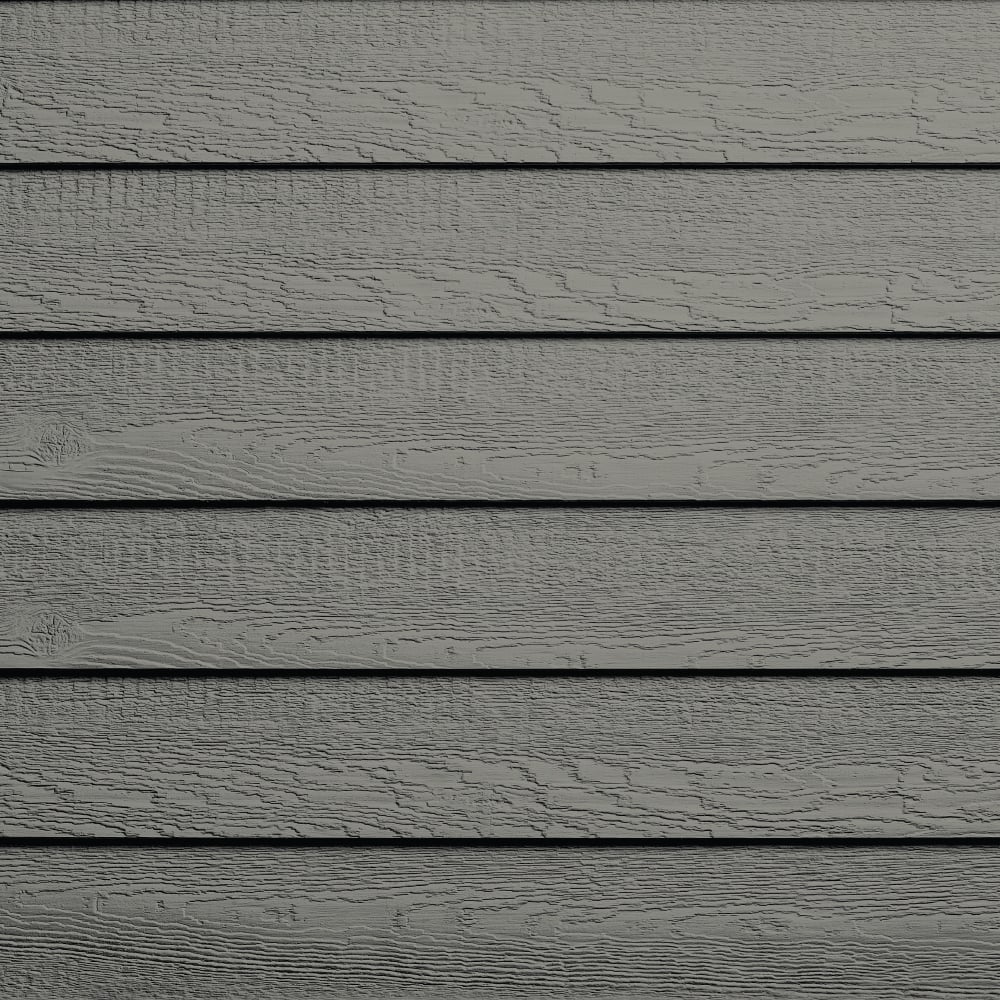
Basic Ingredients and How It’s Made
Manufacturers blend cement, silica sand, and wood-derived cellulose fibers, then press and cure the mixture under controlled conditions. Those cellulose fibers act like rebar in concrete—tiny reinforcements that help resist cracking and movement.
Common Profiles (Lap, Panel, Shingle, Soffit)
Lap siding: The classic horizontal look that imitates wood clapboard.
Panels: Large sheets used for modern styles or board-and-batten.
Shingles/Shakes: Staggered or straight-edge profiles for a cedar-shake vibe without cedar’s upkeep.
Soffit/Trim: Coordinated pieces to finish eaves, corners, and transitions.
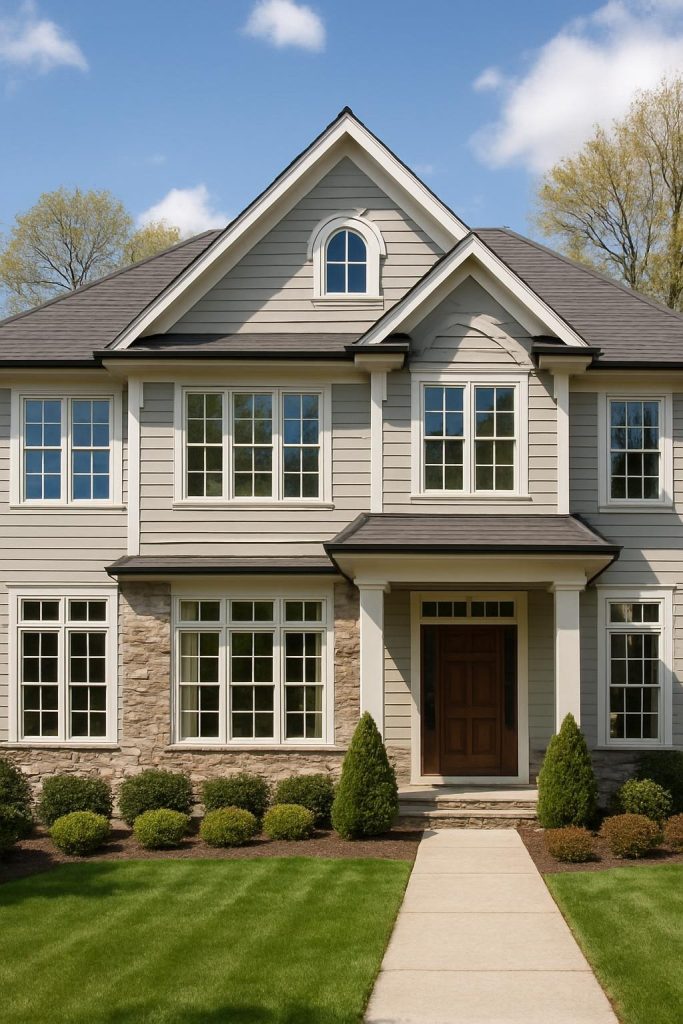
The Big Pros and Cons at a Glance
Let’s unpack why homeowners, builders, and architects keep short-listing fiber cement.
Longevity and Dimensional Stability
Fiber cement doesn’t warp like some woods or buckle like thin plastics. Properly installed, it often lasts decades—commonly 30–50+ years—with predictable repaint cycles. It keeps crisp lines and tight joints when details are done right.
Fire Resistance and Safety Ratings
This material is noncombustible and typically carries a Class A fire rating. In wildfire-exposed regions or urban infill with tight lot lines, that’s a meaningful layer of peace of mind and sometimes an insurance advantage.
Weather, Rot, and Pest Resistance
Termites don’t snack on cement. Carpenter bees can’t burrow through it. And because it’s mineral-based, it won’t rot the way wood can. With the correct weather-resistive barrier (WRB), flashing, and clearances, fiber cement thrives in rain, snow, humidity, and coastal conditions.
Low Maintenance and Repaint Cycles
Compared to wood, maintenance is lighter: routine washing, occasional caulk touch-ups, and repainting roughly every 10–15 years for field-painted boards (prefinished boards may go longer). Because the substrate is stable, paint tends to last.
Aesthetics—Mimics Wood Without the Headaches
Love the look of painted cedar but not the swelling, shrinking, and rot? Fiber cement convincingly mimics wood grain and holds sharp shadow lines. It also plays well with modern architecture in smooth large-format panels.
Resale Value and Curb Appeal
Exterior upgrades that balance durability and design typically boost curb appeal, and fiber cement fits that sweet spot. Appraisers and buyers often view it as a premium, low-drama material—especially compared to older wood that’s seen better days.
The Real-World Cons to Consider
No cladding is perfect. Here’s the honest list of trade-offs.
Upfront Cost vs. Vinyl and Some Woods
Material and installation costs are usually higher than entry-level vinyl. It can be similar to or lower than high-end wood and often less than full masonry. If you’re shopping purely on initial price, fiber cement may not win—but total cost of ownership can even the playing field.
Weight and Installation Complexity
Boards are heavy and brittle at the very edges. That means:
- More labor, more crew experience, and the right tools.
- Careful handling to avoid chipping corners.
- Strict fastening patterns to prevent cracking or movement.
Silica Dust Safety and Cutting Methods
Cutting fiber cement releases respirable crystalline silica. Pros mitigate this by:
- Using score-and-snap, shears, or dust-collecting saws.
- Wet cutting where appropriate.
- Wearing proper respirators and following OSHA-style controls.
DIYers must take this seriously—this is not a “wing it” material.
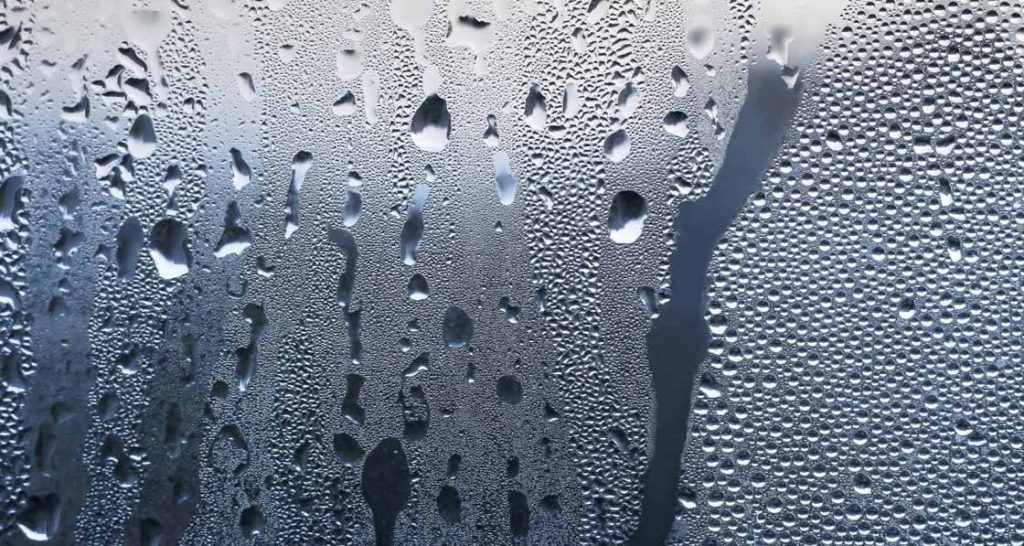
Moisture Management Details Matter
Fiber cement isn’t food for mold, but the wall assembly behind it still needs to dry. Poor details equal problems.
Flashing, WRB, and Clearances
- WRB (housewrap or membrane): Continuous and lapped correctly.
- Flashing: At windows, doors, horizontal joints, and penetrations.
- Clearances: Keep boards off roofing, decks, and grade; maintain drip edges.
Skip these and you invite trapped moisture or staining.
Energy Efficiency—R-Value Reality Check
Fiber cement by itself has low R-value. If you need a thermal boost, pair it with insulated sheathing or a rainscreen assembly. Don’t expect cladding alone to solve energy goals.
Maintenance You Still Need (Caulk, Paint, Touch-Ups)
Fiber cement is low-maintenance, not no-maintenance. Joints and penetrations need intact sealant. Paint eventually ages. Downspout splashes and sprinklers can stain. Plan a light, regular care routine.
Impact Brittleness at Edges
The broad faces are tough, but corners and cut edges can chip on hard impact. Careful handling and correct storage help; trim strategies can also protect vulnerable edges.
Comparing Fiber Cement to Alternatives
How it compares with its “Competitors” in terms of materials
Vinyl Siding
Pros: Lowest upfront cost, very light, quick install, no painting.
Cons: Can warp under high heat, less impact-resistant, and can look “thin” up close.
Takeaway: Great budget pick; fiber cement wins on realism, fire resistance, and rigidity.
Wood
Pros: Warmth, authenticity, easy to cut and detail.
Cons: Vulnerable to rot, pests, and frequent repaint cycles (especially real wood).
Takeaway: Wood is beautiful but higher-touch; fiber cement captures the look with fewer headaches
Stucco
Pros: Continuous finish, Mediterranean look, integrated insulation (EIFS).
Cons: Cracking if not detailed right, moisture risks at transitions and penetrations.
Takeaway: Fiber cement offers a plank/panel aesthetic and simpler localized repairs.
Brick
Pros: Premium presence, durability, fire resistance.
Cons: Highest cost, structural considerations, weight.
Takeaway: If you want masonry feel without masonry cost and weight, fiber cement is a pragmatic middle path.
Cost Breakdown and What Drives Price
Material vs. Labor
Materials are only half the story. Because fiber cement is heavier and has stricter install methods, labor can be the bigger swing factor. A seasoned crew is worth it.
Prefinished vs. Primed
- Prefinished: Factory-applied color with consistent finish and longer touch-up intervals.
- Primed: Flexibility to pick any paint later, sometimes lower initial material cost.
Factor in repaint cycles and your appetite for future color changes.
Trims, Flashings, and Accessory Choices
High-quality metal flashings, composite trims, and proper joint treatments cost more but pay off in longevity and clean lines. Don’t skimp on the parts that keep water out.
Installation Best Practices (For Long Service Life)
Framing and Sheathing Prep
Start flat and square. Wavy walls telegraph through rigid boards. Correct framing irregularities before cladding goes on.
Rain-Screen Gaps and Ventilation
A ventilated rainscreen (furring strips or drainage mat) behind fiber cement:
- Helps walls dry faster
- Reduces paint stress from trapped moisture
- Adds a thin drainage path for wind-driven rain
This is a modest upgrade that pays dividends in tough climates.
Fasteners, Nailing Patterns, and Clearances
Use corrosion-resistant fasteners of the correct length and head style. Follow the manufacturer’s nailing schedule and keep:
- Vertical clearances above grade and horizontal surfaces
- End gaps at butt joints (per spec)
- Drip edges where needed
Joints, Flashings, and Penetrations
Back-flash horizontal joints. Head-flash windows and doors with properly lapped layers. Sleeve and seal every penetration (hose bibs, vents, conduits) like a mini-window.
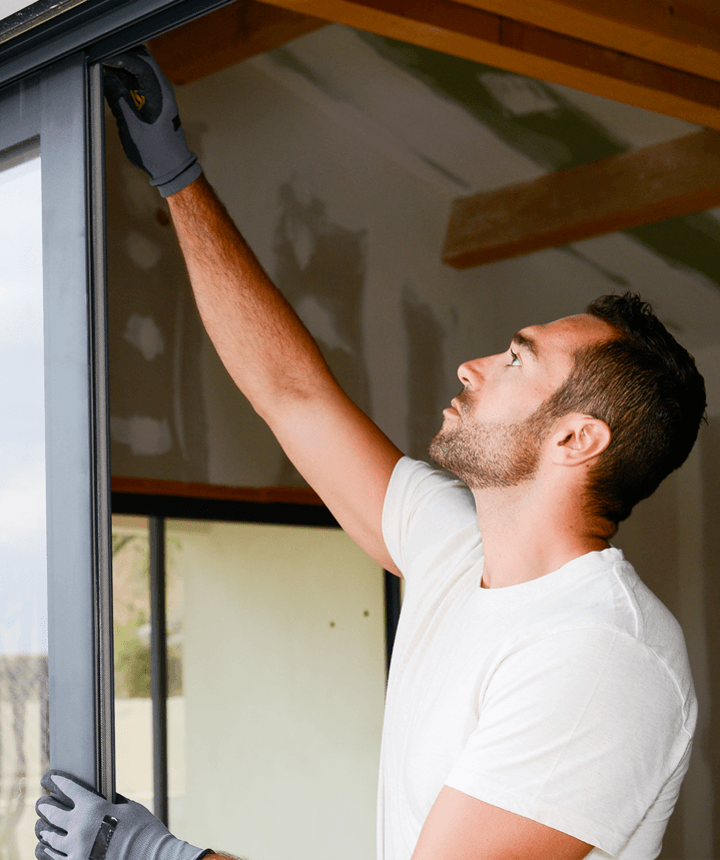
Maintenance Playbook
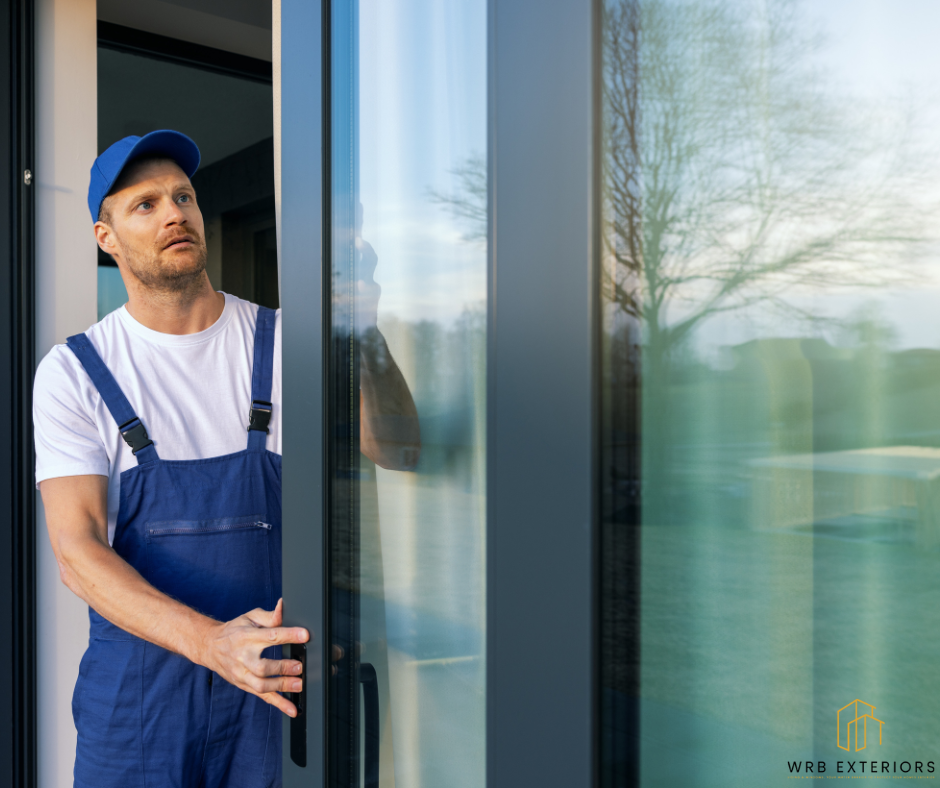
Annual Visual Checks
Walk the perimeter once or twice a year:
- Look for failed caulk, chipped paint, or dings near high-traffic areas.
- Confirm sprinklers don’t blast boards.
- Clear soil or mulch creeping too high at the foundation.
Cleaning, Repainting, and Re-Caulking
- Clean: Low-pressure rinse and mild soap is plenty.
- Repaint: Plan on a 10–15 year repaint cycle (or longer for some factory finishes).
- Re-caulk: Use quality sealants matched to the substrate and movement joints.
Warranties—What They Cover (and Don’t)
Finish vs. Substrate
Many brands split warranties into substrate (the board itself) and finish (paint or coating). A substrate warranty might be 30–50 years; the finish is often shorter.
Fine Print: Installation, Climate, and Exclusions
Warranties hinge on correct installation. Missed clearances, skipped flashing, or unapproved fasteners can void coverage. Keep receipts, photos, and your signed contract—documentation is your friend.

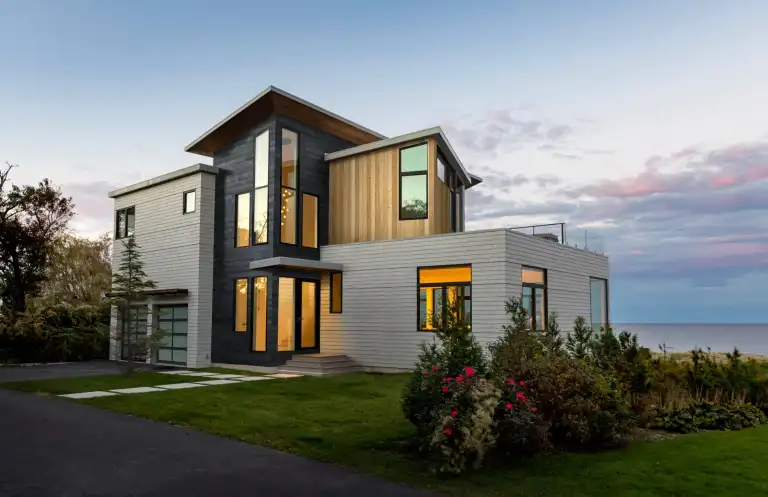
Sustainability and Health Considerations
Cement Footprint vs. Long Lifespan
Cement has a notable carbon footprint, but fiber cement’s long service life and minimal replacement waste can balance the equation over decades. A rainscreen approach further manages moisture and extends finish life.
Silica Dust Controls During Install
The health risk is largely during cutting. With proper tools and PPE, that risk is well-managed. Once installed, fiber cement is inert.
Ideal Homes and Climates for Fiber Cement
Wildfire-Prone Areas
Noncombustible cladding, tight details, and ember-resistant vents form a strong defense. Fiber cement is a natural fit here.
Humid, Coastal, or Termite Regions
Where moisture and pests punish wood, fiber cement keeps its shape. Pair it with stainless fasteners and a ventilated cavity for best results.
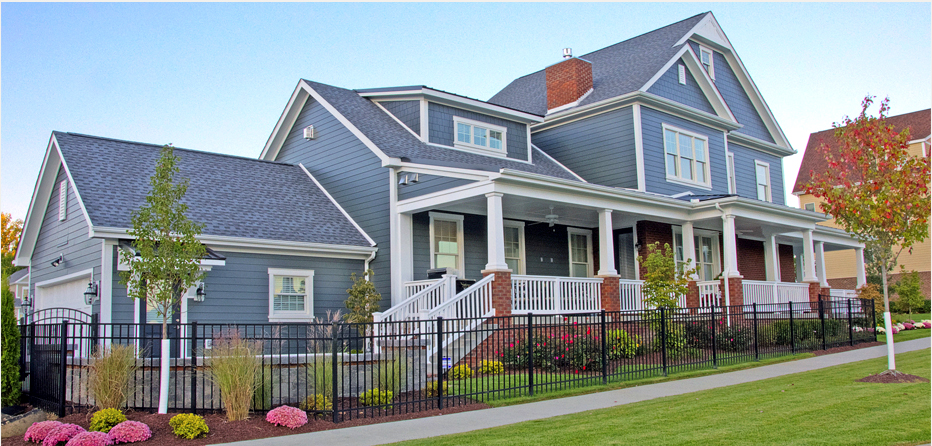

Buying Tips and Red Flags
Vetting Contractors and References
Ask to see recent jobs—ideally after a full winter and summer.
Request manufacturer-specific training or certification if available.
Confirm they own or rent the right cutting tools and dust controls.
Scope, Specs, and Allowances in Your Contract
Your proposal should clearly list:
Warranty terms and who registers them
Clarity now prevents finger-pointing later.
Profile and thickness of boards/panels
Trim and flashing materials and brands
WRB type and whether a rainscreen is included
Sealants/paints by brand and spec
Verdict & FAQ-Is Fiber Cement Siding Worth It?
If you want the look of painted wood without its constant maintenance—and you value fire resistance, stability, and long life—fiber cement is a standout. It’s not the cheapest, and it demands skilled installation, but it delivers a compelling mix of beauty and brawn. For many homes—especially in wildfire, coastal, or pest-heavy regions—it’s the “buy once, cry once” cladding that pays you back in fewer headaches over the long haul.
1) How long does fiber cement siding really last?
With proper installation and care, it commonly lasts 30–50+ years. Paint life varies by product and climate, but plan on refreshing finishes roughly every 10–15 years (or longer for some factory finishes).
2) Does fiber cement help with insulation?
Not much by itself. Its R-value is low, so pair it with insulated sheathing, a rainscreen air gap, or better cavity insulation if energy efficiency is a priority.
3) Can I install fiber cement siding as a DIY project?
It’s possible, but the material is heavy, requires special cutting tools to control silica dust, and needs tight flashing and clearance details. Most homeowners hire experienced pros.
4) Will fiber cement crack?
The boards are robust, but edges can chip if mishandled and improper fastening can lead to stress cracks. Following the manufacturer’s fastening patterns and handling guidelines prevents most issues.
5) Is fiber cement more eco-friendly than vinyl or wood?
It depends on what you measure. Cement has a higher embodied carbon, but fiber cement’s long lifespan and low maintenance can reduce replacement cycles. Wood is renewable but higher-maintenance; vinyl has low upfront cost but different environmental trade-offs. Choose based on your priorities and climate.

Leave a Reply